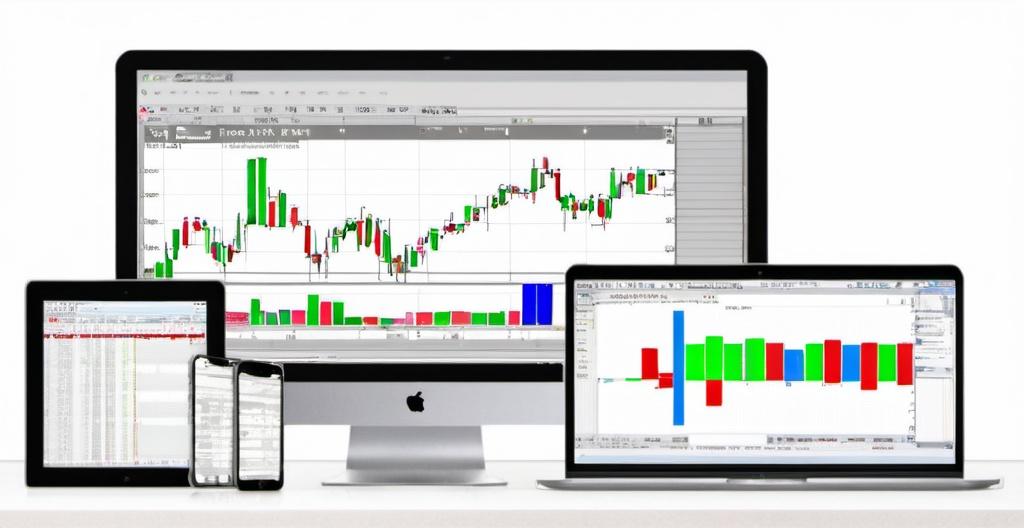Swing trading lives in that middle zone—faster than long-term investing but slower than the hyperactive churn of day trading. The idea is simple: capture price moves that play out over days or weeks, then exit before the momentum fades. Traders in this lane aren’t glued to the screen all day, but they’re not parking their money for years either. It’s about rhythm, not chaos.

How Swing Traders Spot Setups
Price action drives most decisions. Swing traders look for breakouts, pullbacks, or trend continuations that hint at short-term momentum. The trade doesn’t need to be perfect—it just needs the probability to lean in their favor. Holding periods usually stretch from two days to a few weeks, with that middle ground being the most common.
Volume plays a big role. Weak volume on a breakout is often a trap, while strong volume gives conviction. Still, there’s no guarantee. Every trade is a calculated risk, and part of the skill is knowing when to cut a loser quickly before it spirals.
Why People Choose Swing Trading
For many, the appeal is balance. You’re not chained to your desk like a day trader, but you’re not sitting on a position for years, waiting for the long game to work out either. Plenty of traders scan for setups in the evening, then place trades the following day. Others set alerts and handle entries or exits from their phone. Done right, swing trading can run alongside a normal job.
Tools and Techniques That Actually Matter
Technical analysis is the main weapon. Traders lean on candlesticks, support and resistance levels, moving averages, and indicators such as RSI or MACD. Price is the primary signal; indicators are the backup singers. It’s less about rigid formulas and more about recognizing repeatable patterns.
Execution is critical. Limit orders often give cleaner entries and exits than market orders, especially when volatility spikes. Alerts and automated orders reduce emotional decision-making, which is usually the downfall of newer traders.
The Risk Side of Swing Trading
Risk management is where the edge lives. Small losses are part of the business, but big losses are career-enders. Stops need to be set before a trade is placed, and position sizes should reflect risk tolerance, not gut feeling. It’s easy to fall into the trap of “just holding on”—the traders who last are the ones who cut quickly.
Markets don’t always play fair. Swing trading thrives in trending or structured ranges, but sideways chop can bleed accounts dry. News-driven events like earnings can destroy setups overnight. The better traders accept that randomness exists and don’t bet the house on one play.
Building a Swing Trading Routine
Most swing traders keep a watchlist. They scan for stocks showing volume surges, clean technical patterns, or relative strength. Some prefer sticking to sectors, while others focus on ETFs for smoother execution and tighter spreads. Trading fewer names with better setups usually beats chasing everything that moves.
Where to Learn More
For traders serious about refining their strategy, swingtrading.com is a practical starting point. It offers detailed breakdowns of strategies, risk controls, and pattern examples without the noise or hype.
The Real Takeaway
There’s no perfect system in swing trading. Losses happen, charts get misread, exits come too soon or too late. The edge comes from discipline: manage risk, take the trades with probability on your side, and let the winners outrun the losers.
Swing trading isn’t roulette and it isn’t passive investing—it’s poker. You wait for the setup, you make the bet, you manage the risk, and you move on. If that style feels like a better fit than staring at screens all day or parking money for a decade, this middle lane might be where you belong.
This article was last updated on: August 29, 2025
